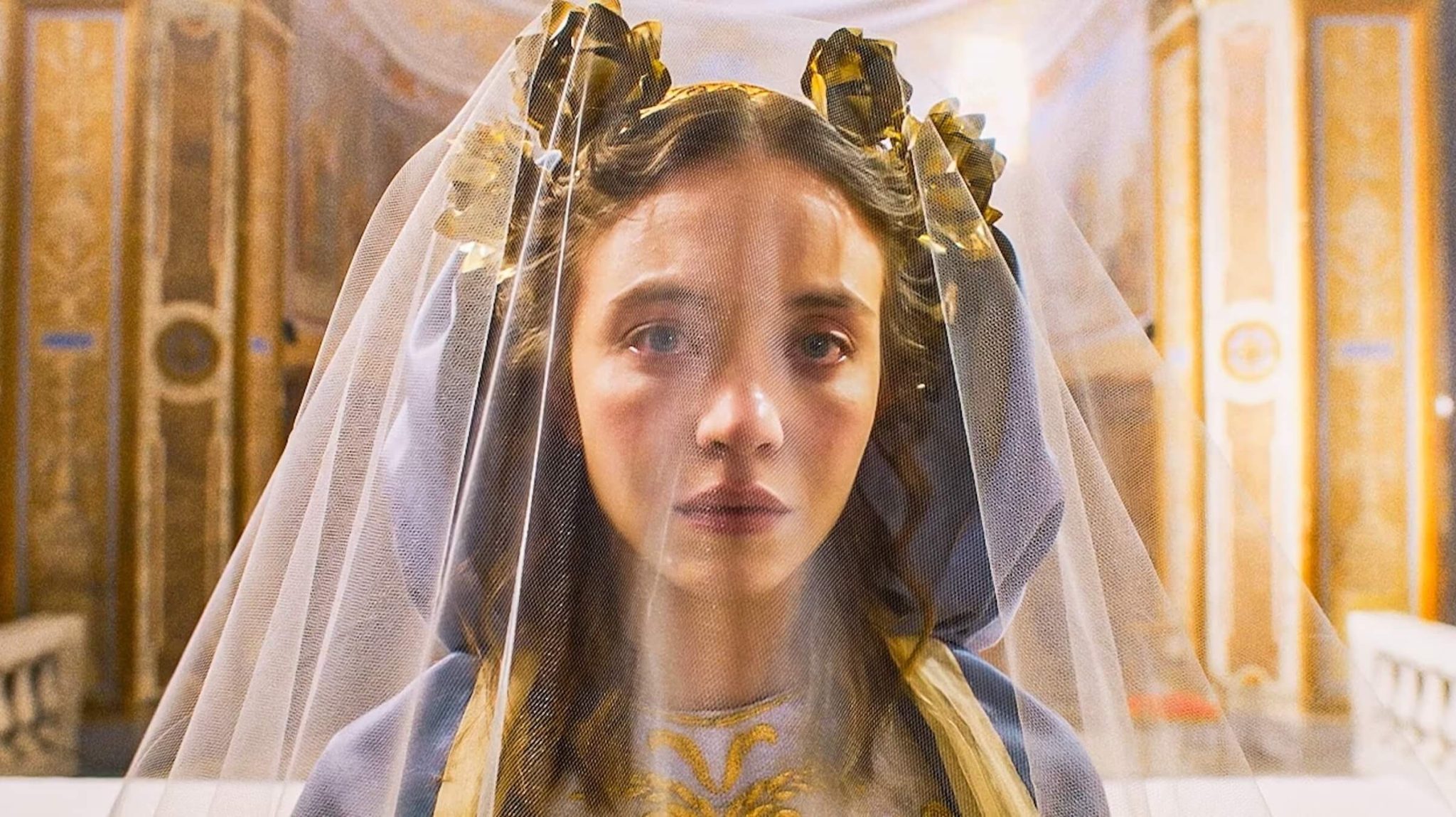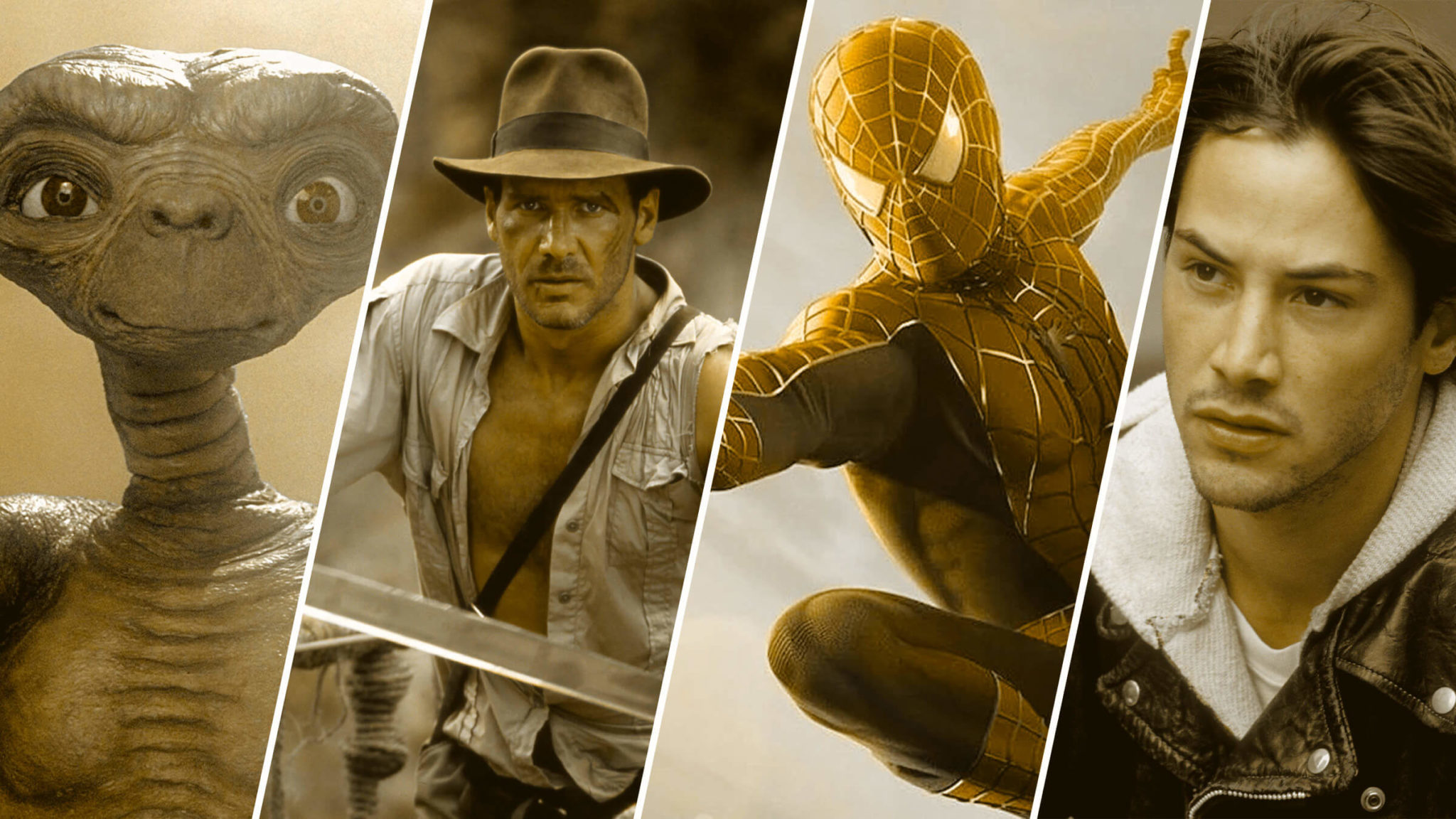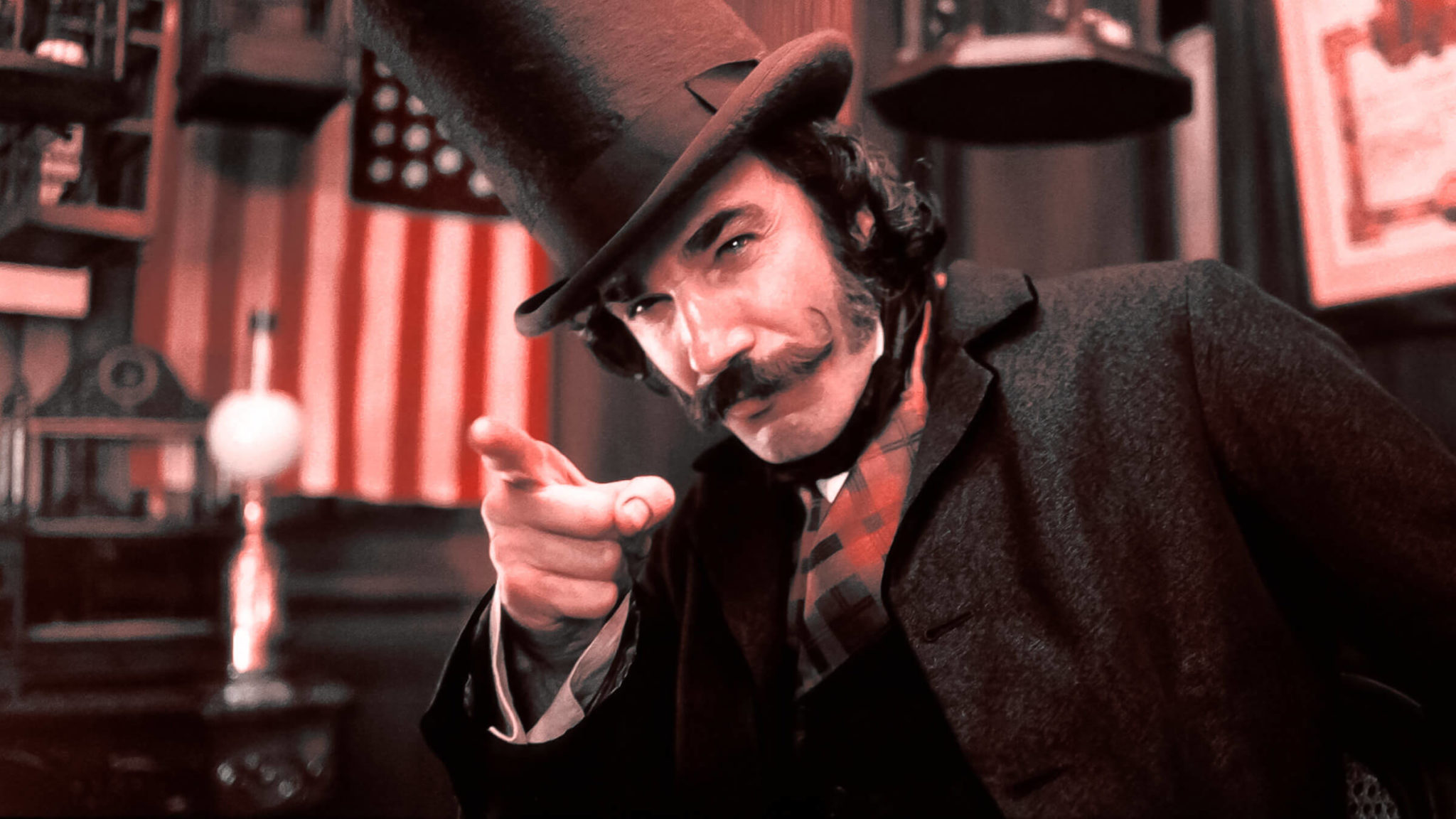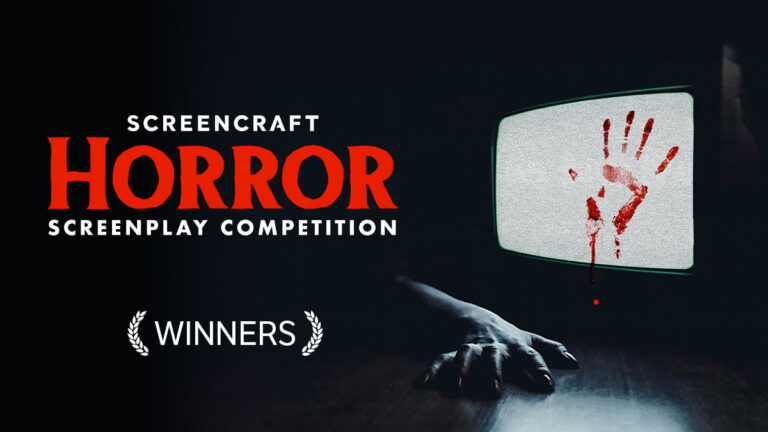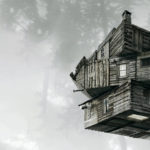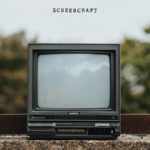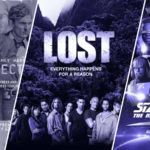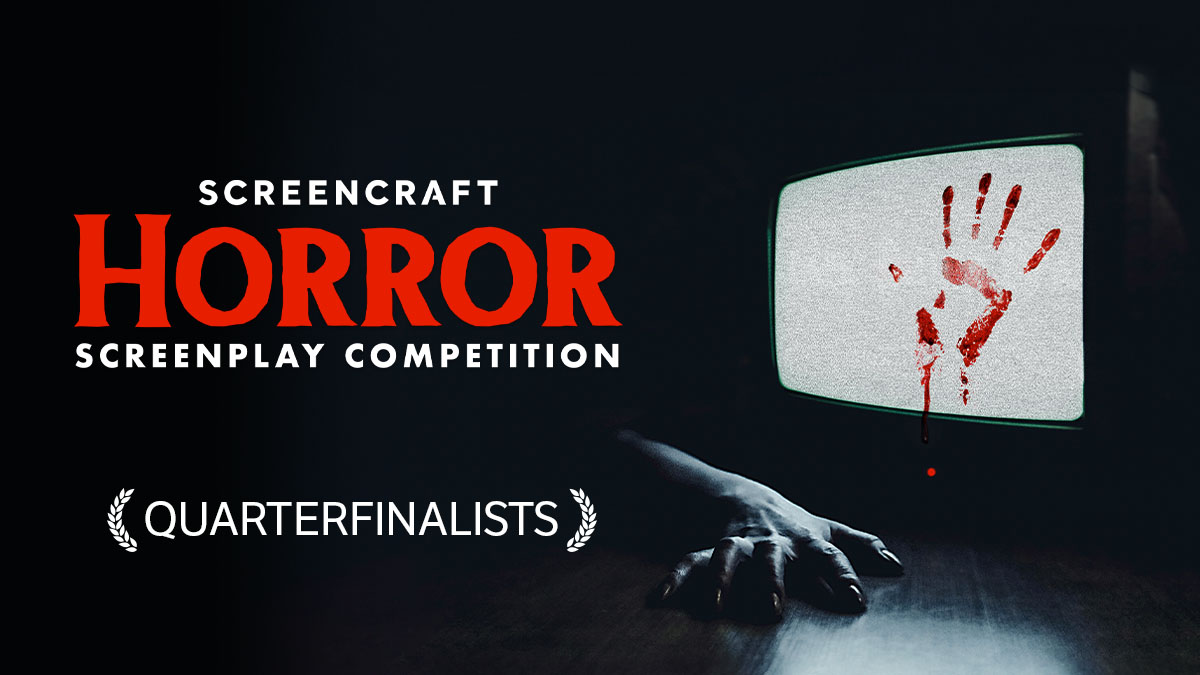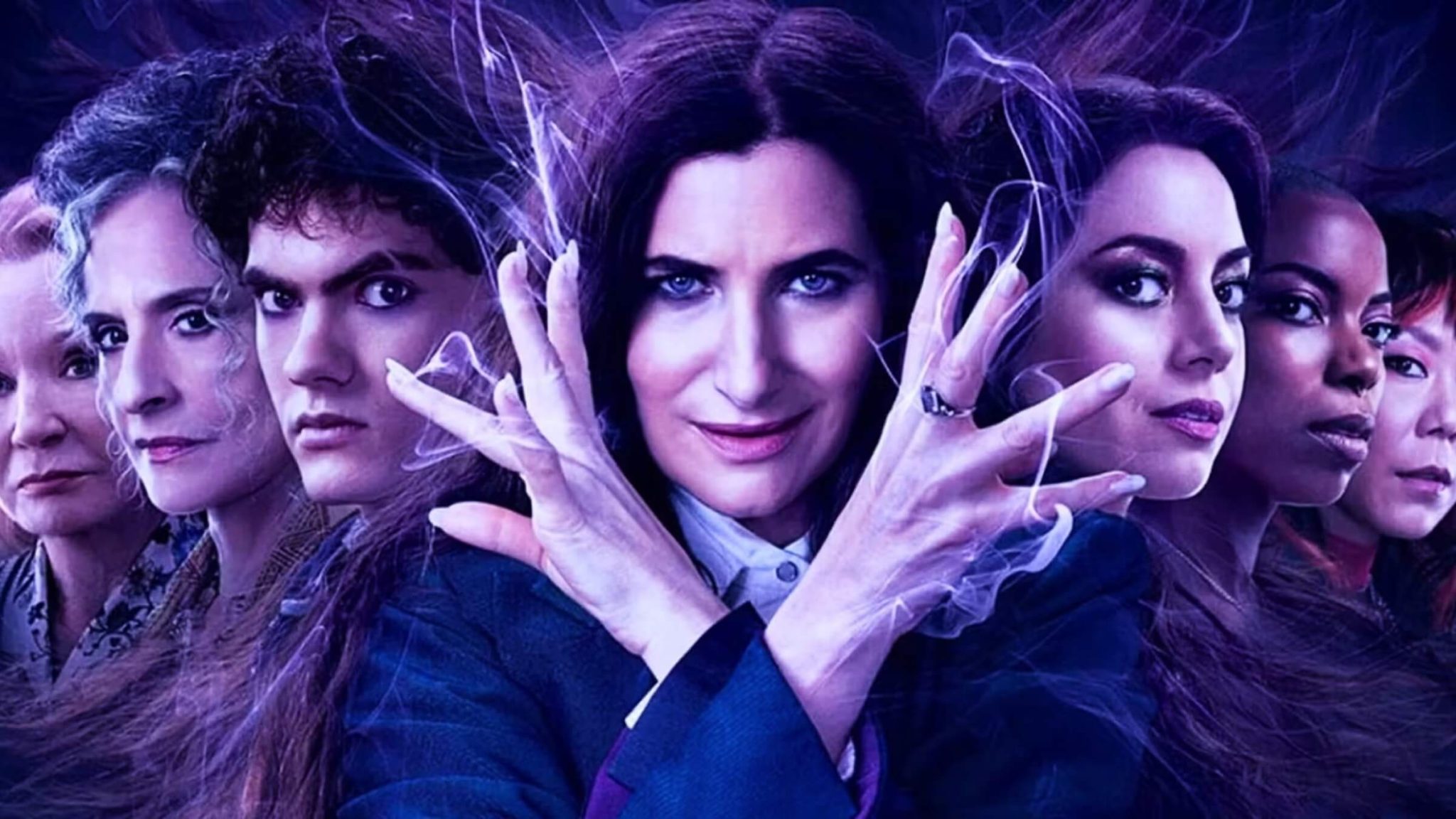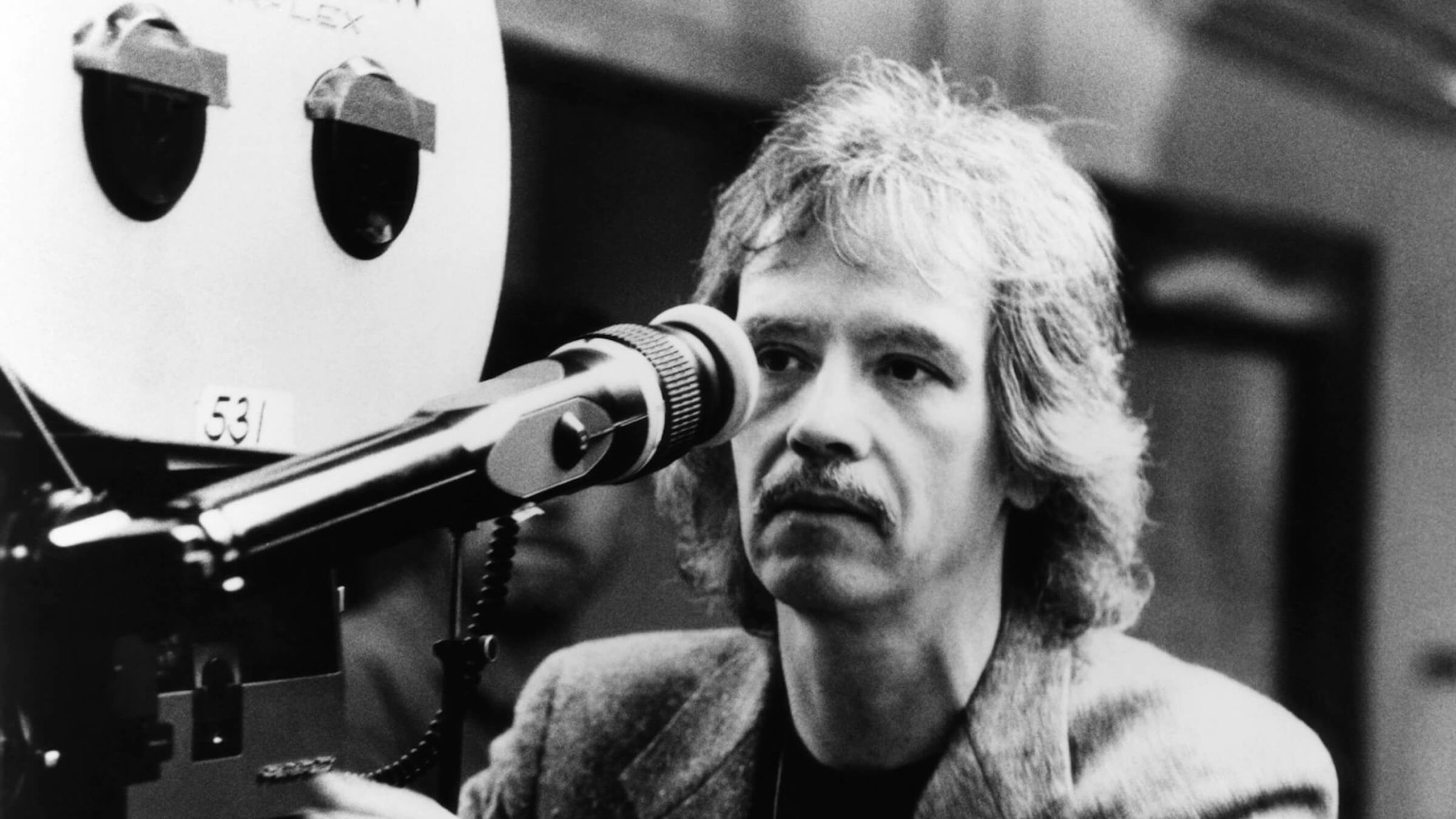Why You Should Take a Stab at Writing Horror

In an era of uncertainty, one genre has proven to be risk-averse at the box office: horror. Horror films have been dominating theaters since 2022, seemingly pushing back against the woes that have plagued most other genres and the longstanding pillars of the Hollywood business model.
But why is horror thriving in Hollywood now while so many other films struggle to break even at the box office? Let’s dive into the recent success of horror films and explore what screenwriters can learn as they sit down to write the first draft of their new horror spec.
Horror Is Making a Killing in Hollywood
From Late Night With the Devil to The Strangers: Chapter One and Immaculate, horror movies in the 2020s have followed a prototypical mold that works.
The Shudder original Late Night With the Devil is an indie in its truest form, but it made its $1 million budget back on open day in theaters that’s to a shoutout from Stephen King on X. The Strangers: Chapter One became a box office winner after its marketing went viral for its temporary ban on TikTok. Immaculate made a box office splash on its $9 million budget, largely thanks to the film’s star and producer Sydney Sweeney in her first major horror role, turning the pregnant nun story into a $27 million hit. While Sweeney isn’t known as a scream queen, her love for the genre is evident in her character’s bloody path to survival.
These low-budget, original projects with strong word of mouth and the presence of a rising star leading the film are often bound to become instant worldwide hits with impressive box office pull. It is a relatively safe formula that studios like A24, Blumhouse, Neon, and Shudder have followed for years, and the payoff is there to prove that they are doing some right with their horror slate.
Despite two movies about nuns pregnant with the Antichrist, a slow-burn slasher that pulls from Friday the 13th and Terrence Malick, these films use well-worn tropes to tell new, strange stories. And, in the eyes of Hollywood executives, these films are performing incredibly well compared to Mad Max: Furiosa and Ghostbusters: Frozen Empire.
We are only halfway through the year, and the biggest horror titles are yet to come. From original titles (Trap, Longlegs) to anticipated sequels (MaXXXine, Alien: Romulus) to indies that cut to the bone (Terrifier 3, Oddity), 2024’s best and biggest releases are horror films, and that’s a great sign.
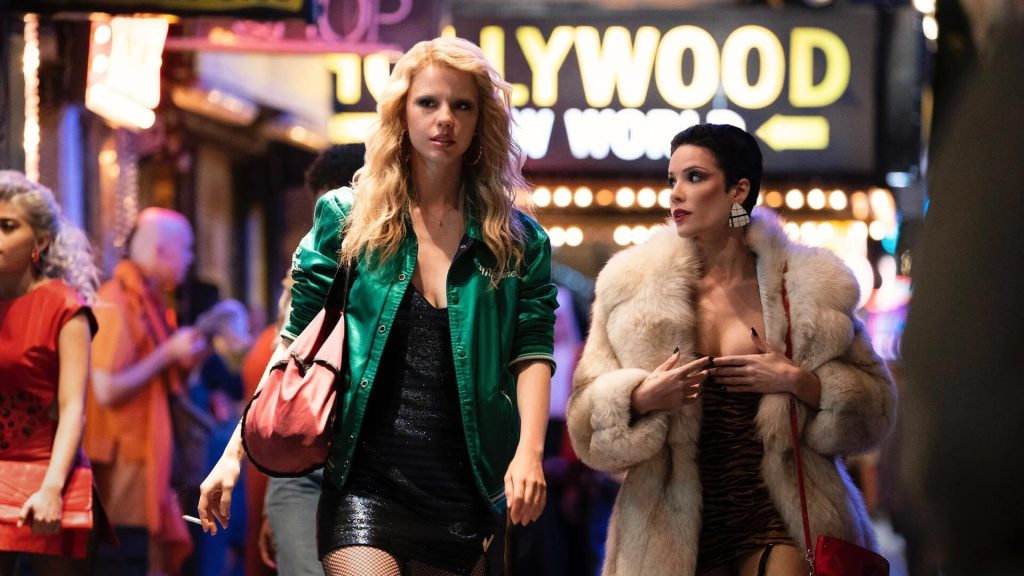
Horror Delivers on a Promise, and Audiences Love It
Unlike the formula of big-blockbuster superhero films that dominated the mainstream for the last decade, the mainstream success of horror has been a bit more consistent over the last few years thanks to its ability to deliver on what has been promised to the audience. And that is one part of the modern horror story formula.
Some of the best horror films are the ones we experience in the dark with no distractions. We are locked into the horrors unfolding on screen, reconfirming the fears we all share through screams, winces, and groans of discomfort.
“Horror stands out in relief compared to other [genres] as an experience that people crave,” Abhijay Prakash, president of Blumhouse, tells the Los Angeles Times. “They want to have a communal experience, and the resilience of the genre has just been borne out through performance.”
In an era where audiences are consciously spending money on experiences, a two-hour-long movie must feel worth it. Horror films can capitalize on this by making the scare a more participatory experience for the audience, engaging with social media, embedding their iconography into mainstream culture, and promising that the eerie elements they encounter in their real lives will pay off when they watch the film in theaters.
Horror audiences are incredibly discerning and can usually tell when a film isn’t worth their time. However, films with bold premises, even if they don't appeal to mass audiences, have a place in the genre if they promise to be intelligent and engage fans with the story's horrors. This is great news for screenwriters who want to craft an original story that can lean into tropes but defy genre conventions.
Read More: What Makes a Killer Horror Movie Character? Common Horror Character Archetypes
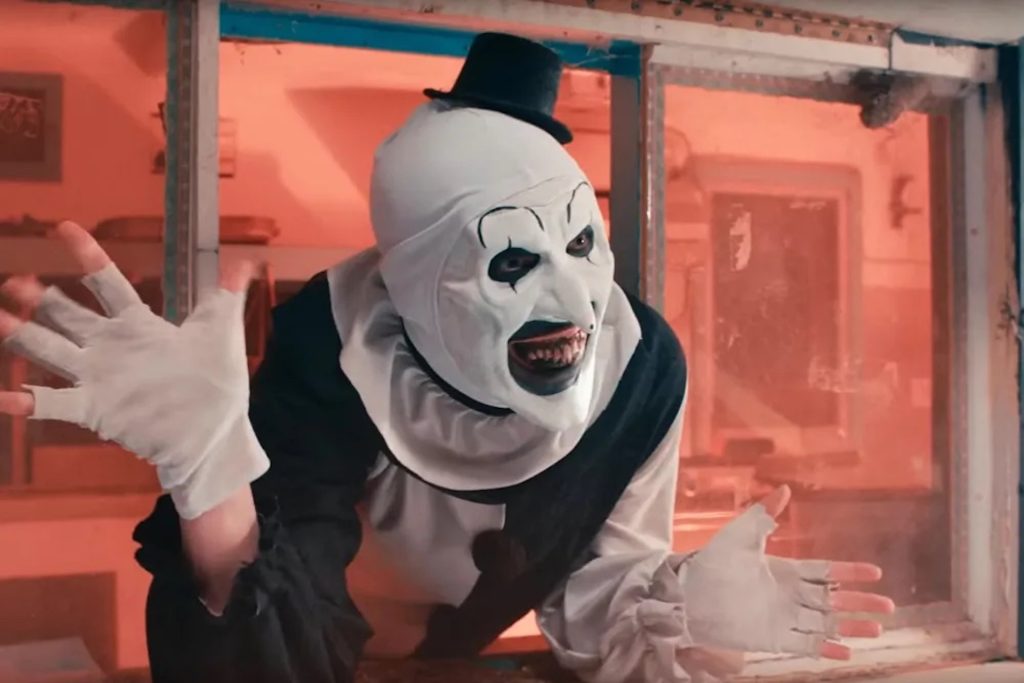
Horror Begs for Originality, so Give It
In a surprisingly positive Facebook post from auteur critic Paul Schrader, he raises an interesting point about where a film like Jan Schoenbrun’s I Saw the TV Glow fits into the commercial horror landscape. While Schoenburn’s last film, the creepypasta-inspired We’re All Going to the World’s Fair embraced the genre and its tropes, I Saw the TV Glow is not a conventional horror film as it blends fantastical genre elements into the cerebral coming-of-age dark fairytale that doesn’t scare as much as it sends audiences into a trippy state of mind.
“The reins are really off when you’re making horror films,” Chad Archibald, who has produced over 30 horror films through Black Fawn Films, told IndieWire. “It’s a genre that’s just so wide open, you can just break all the rules. It’s a genre that lends itself to just being a little more risky, artistically, just because horror fans are cinephiles as well. They want to see things that are different, things that are exciting, new visions.”
The beauty of the genre is the range it has. From high-brow psychological thrills to low-brow gore fests, the niche audience behind the genre seeks the good, the bad, and the strange as they subvert or explore their expectations in new and exciting ways.
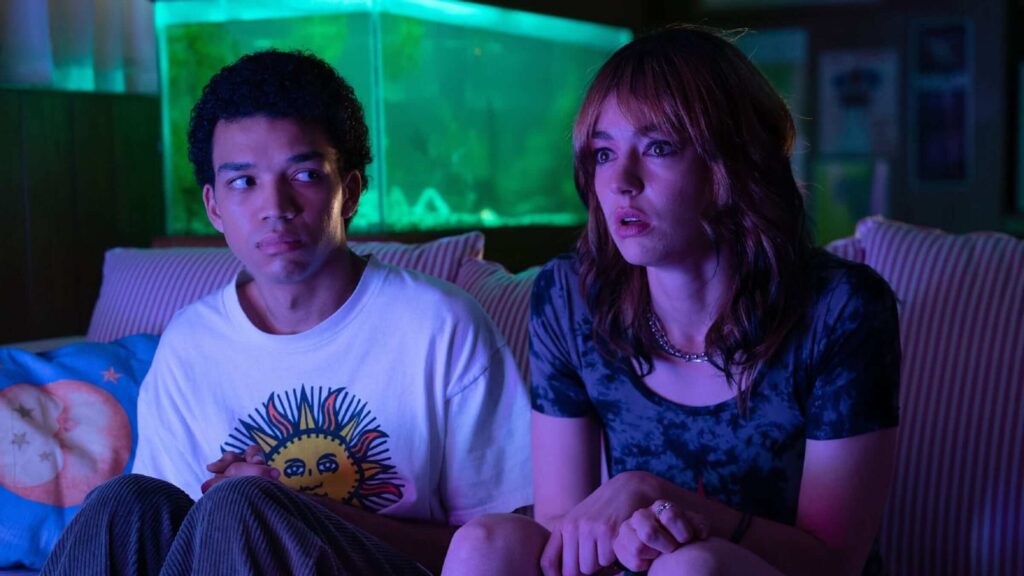
---
Horror is experiencing another renaissance, and studios are taking notice. Screenwriters who are taking big risks in their original stories that play with the tropes of the genres in unexpected ways are proving to be a sound investment. So, why not write a horror screenplay before the market becomes oversaturated?
If you are looking to write a script that has a high chance of selling in Hollywood, horror stories are the way to go. What once used to belong to the superheroes now belongs to the slasher, supernatural, and psychological. And it doesn't have to be a sequel to some possessed doll movie, either. It can be weird and bold, and audiences will most likely love it. If you need reassurance about your terrifying spec script, ScreenCraft offers genre notes services that can help you sharpen your horror writing skills!
Read More: Script to Scream: The Best Horror Movie Scripts You Can Read (If You Dare)
Get Our Screenwriting Newsletter!
Get weekly writing inspiration delivered to your inbox - including industry news, popular articles, and more!



